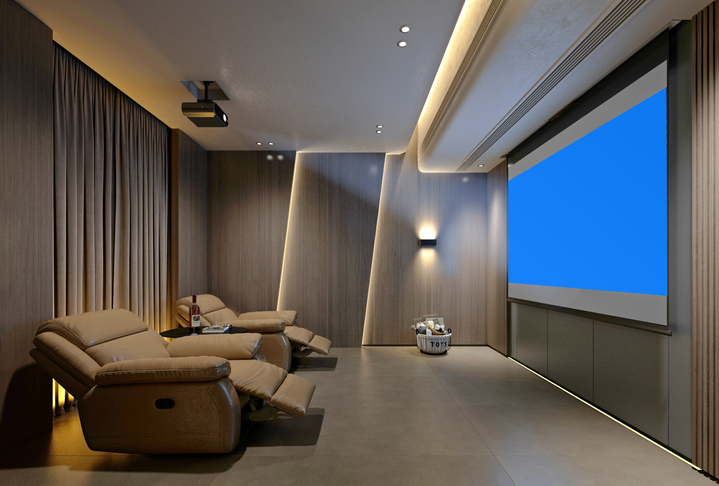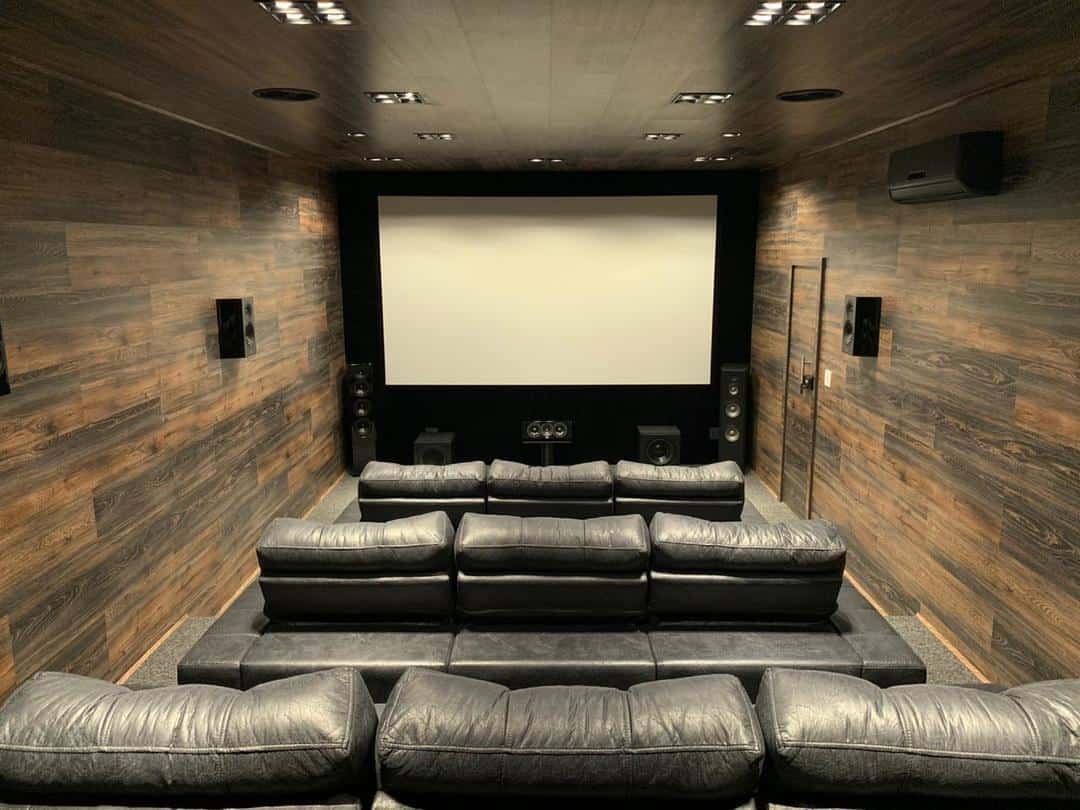How to Discover the Best Home Theater Tampa Installation Services
Home Theater 101: Every Little Thing You Need to Know for a Motion Picture Experience in your home
Producing a home cinema that measures up to the cinematic experience of a commercial theater entails cautious consideration of numerous elements, including screen choice, stereo, and space format. Each component plays an essential duty in attaining the wanted atmosphere and functionality. Whether you are considering the ideal screen size or the details of border audio, recognizing these basics is essential. As we explore these vital elements, it ends up being apparent that the options made can substantially affect your general viewing experience, leaving one to consider how these choices will certainly shape your personal cinema.
Picking the Right Screen
When setting up a home movie theater, selecting the appropriate screen can make or break the watching experience - home theater design tampa. The display acts as the centerpiece of your setup, affecting image high quality, watching angles, and total aesthetic. Trick elements to think about include display resolution, type, and size
Initially, identify the proper screen size based on your space measurements and seating distance. Next off, choose between different screen kinds, such as fixed-frame, mechanized, or retractable screens, each offering unique benefits.
Resolution is another vital aspect. For an absolutely immersive experience, take into consideration a screen developed for 4K or also 8K web content, guaranteeing sharpness and clarity. Additionally, think about the screen's gain, which impacts illumination and comparison; a greater gain can improve illumination in well-lit rooms, while a lower gain may be better for darker settings.
Choosing Sound Equipment
Audio devices is a critical component of any kind of home cinema system, dramatically enhancing the overall viewing experience. The option of audio gear can identify the depth, clarity, and immersion of noise, essential for producing a cinematic atmosphere.
When choosing audio devices, consider a surround stereo, which typically includes a receiver, multiple audio speakers, and a speaker. A 5.1 or 7.1 network system is recommended, where the initial number stands for the speakers and the 2nd the speaker, supplying an immersive soundscape. The receiver is the heart of the system, managing sound and video clip signals, and must support modern layouts like Dolby Atmos for an improved spatial experience.
Quality speakers are vital; seek versions that use a balanced sound account with great bass response. Floor-standing speakers can create richer sound, while shelf options conserve space. Additionally, take into consideration wireless choices for simplicity of setup, although wired systems typically deliver superior efficiency.

Optimal Seating Plans
Developing a perfect home theater experience pivots dramatically on optimal seating plans. The arrangement of seats plays a crucial role in both convenience and checking out top quality, directly impacting the total cinematic experience.
First, think about the display size and viewing range. An usual standard is to position seats at a distance about 1.5 to 2.5 times the angled size of the screen. This ensures an immersive experience without straining the eyes.
Following, elevation is vital. If your seats remains in a tiered format, the back rows should be more than the front to avoid obstructions. For level seating, guarantee that the front row is not as well near the display, and that every person has a clear view.
Furthermore, consider the setup in terms of social characteristics. Group seating can enhance the communal experience, while individual seats may be preferred for individual viewing.

Lastly, prioritize convenience with ergonomic seats that sustains prolonged watching durations. Incorporating recliner chairs or cushioned seats can considerably boost the experience, making the home cinema a favored destination for both enjoyment and leisure.
Lighting and Atmosphere
Efficient illumination and atmosphere are important components of a properly designed home movie theater, as they substantially influence the seeing experience. The appropriate lighting can improve the motion picture feel, while poor options can diminish it. For ideal outcomes, consider a layered illumination technique that includes ambient, job, and accent illumination.
Ambient lights gives general lighting, guaranteeing that the area is not completely dark, which can strain the eyes. Dimmer switches are very recommended, enabling adjustments based upon the material being checked out. Task lighting, such as wall sconces or flooring lights, provides functional lighting for activities like reading or browsing the room without interfering with the overall ambience.
Accent lights can be used to highlight building attributes or produce focal points, including depth and rate of interest to the room. LED strip lights behind displays or along shelves can supply a refined radiance that enhances the visual experience without frustrating the audience.

Wiring and Installation Tips
A well-planned electrical wiring setup is essential for accomplishing optimal performance in your home cinema system. Correct circuitry not just guarantees top quality audio and video signals but additionally enhances the total visual of your room. Begin by drawing up your layout, identifying where each element will be placed, including your display, audio speakers, and receiver.
When selecting cable televisions, prioritize top quality, appropriately evaluated wiring to reduce signal loss. HDMI cords must be utilized for video clip connections, while audio speaker cord must match the specifications of your audio speakers and amplifier. Choose in-wall ranked wires to comply with safety requirements and maintain a clean appearance.

Conclusion
In summary, developing a phenomenal home theater experience needs careful consideration of numerous aspects, consisting of display selection, audio devices, seating setups, lights, and wiring. Each element plays a crucial function in accomplishing optimum efficiency and setting, eventually boosting the enjoyment of home enjoyment. By focusing on these factors, a cinematic environment can be efficiently replicated, enabling immersive checking out experiences that match traditional cinema setups. Attention to detail in each area is important for total satisfaction.
Developing a home cinema that measures up to the motion picture experience of a business theater includes cautious factor to consider of multiple parts, consisting of display choice, audio systems, and room layout.When setting up a home cinema, picking the ideal screen can make tampa home theater or break the viewing experience. Next off, pick between various screen kinds, such as fixed-frame, mechanized, or retracting screens, each offering distinctive benefits. For a genuinely immersive experience, take into consideration a display developed for 4K or also 8K material, making sure sharpness and clarity.In recap, producing an extraordinary home theater experience needs careful factor to consider of different elements, including screen option, audio devices, seating setups, illumination, and wiring.